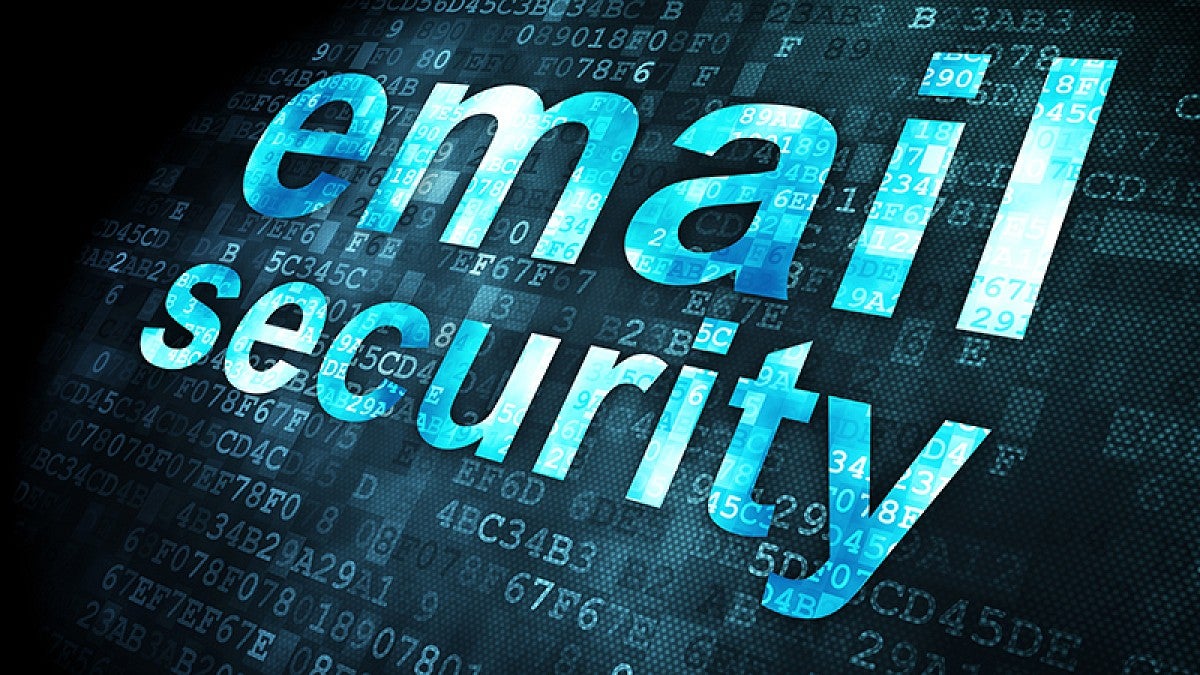The final few steps in a security upgrade for the UOmail system may temporarily interrupt email access for some University of Oregon community members this month.
By late June, Information Services will finish a behind-the-scenes change that will require email programs to use a newer, more secure way of checking login credentials for the cloud-hosted UOmail service. The University of Oregon is making this switch to “modern authentication” ahead of a worldwide Microsoft deadline in October for everyone who uses Exchange Online, the platform behind UOmail.
“We’ve been gradually moving UOmail accounts to the ‘modern auth’ requirement throughout spring term, starting with accounts that seemed least likely to be impacted,” said Patrick Chinn, associate chief information officer for customer experience. “We’re sorry for the disruption some people have experienced, but we’re glad to report that it’s been smooth sailing for most.”
Two final groups of UOmail users will be switched to modern auth on June 14 and 21. People in those groups will receive email notifications in advance.
A final change on June 27 isn’t expected to affect any UOmail users but could.
After each scheduled change, some students and employees may receive an automated email message with the subject line “Your email access has been blocked.”
UOmail users who receive such a message can still access their email through a web browser at uomail.uoregon.edu.
The message generally indicates a need to adjust the email application settings on one or more devices to continue accessing UO email through that application. The simplest way to do so is to remove the UO email account from the email application, then add it back again. Instructions are available on the modern authentication page of the UO Service Portal.
Older devices are more likely to experience this hiccup.
“We recommend that all UOmail users bookmark both the UOmail URL and the modern authentication information page in case you need them later this month,” Chinn said. “Because people check email on different devices at different times, it’s challenging for us to know who will be significantly impacted by this change.”
Removing an account from an email program will remove all the associated email messages from that device. However, those messages and other data will remain in the UOmail service in the cloud. When the account is added back to the email app, it will prompt the device to download all of that data again.
“If you have a lot of email messages or calendar items, plan to do this step when you have several hours to spare,” Chinn said. “Adding the account is quick, but your data will take time to transfer.”
Most faculty members, staff and students are already using modern authentication, either because their email program automatically configured their UO account that way or because Information Services recently transitioned their account into the modern auth pool.
Since early April, Information Services has been reaching out by email to accounts likely to be impacted by the change due to use of older authentication protocols on one or more devices.
Anyone seeking help with email can contact the IT staff who support their unit or the Technology Service Desk or submit a ticket through the email and calendar help page of the UO Service Portal.


